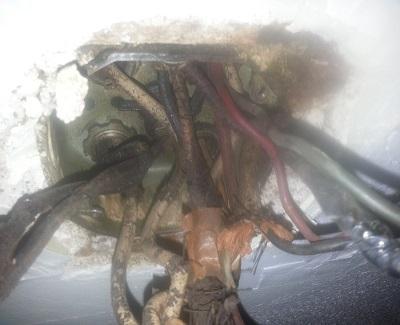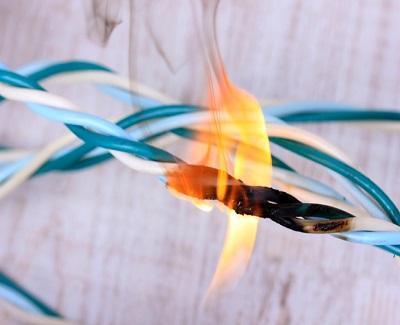Every year more and more electronic devices are introduced into our lives, from computers and tablets to small kitchen appliances. One of the easiest things to overlook with the addition of each of these gadgets or appliances is the added strain on your homes’ electrical system. According to data from the 2009 US census the average age of a US home was 36 years old, which means in 2016 you might estimate the average home at 30-40 years old. A home built even 10-20 years ago may not have an electrical system equipped to withstand the electrical needs of the average homeowner today.
Through the years there have been a few electrical wiring and/or installation methods that have been deemed unsafe or simply failed due to age and inability to change with the times.
Some of the most common electrical concerns in older homes are:
- Aluminum Wiring
- Used in place of copper wiring in the 1960’s and 1970’s.
- Due to problems with connections and overheating, aluminum wiring is a fire hazard.
- Discolored outlets and/or warm cover plates can be a sign of aluminum wiring.

- Knob and Tube Wiring
- Commonly installed in homes built from 1880 to the 1940’s.
- Knob and tube wiring is not grounded, a house containing knob and tube wiring will likely only have two prong outlets.
- The insulation around the wiring degrades and/or may be damaged by pests over time
- As with almost anything that ages, electrical wiring will eventually fail after extended periods of use and time.
- Improper or Incomplete Grounding
- Homes that contain 2 prong receptacles in place of a 3 prong grounded receptacle likely do not have an adequate grounding system installed. Or may even have non-grounded 3 prong receptacles installed.
- Lack of grounding poses an electric shock hazard.
- A grounding system should be installed and connected to the main panel which can protect you from electric shock from electrical components in your home.

- Fuse Boxes
- Fuse panels were used until the 1960’s – 1970’s when circuit breaker panels were invented and became standard.
- For the most part fuse panels are going to be undersized for the electrical needs of the average home.
- Since fuses tend to not provide enough electricity, many people have installed larger fuses than the wiring was initially intended to support. This can create a fire hazard.

There are many reasons why a person would choose to live in an older home versus a newly built home, but it is always important to verify that there is an adequate and safe electrical service in the home. An up to date electrical system should have a properly sized service, updated wiring, grounding and arc and ground fault protection. If your home was built before 2008 there is a chance that your electrical system is not as good as it could be.
============================================================
Author Bio:
This article was written by Caitie Brundage, she is working at APower Electric Service an electric company servicing Metro Denver Area.
============================================================
